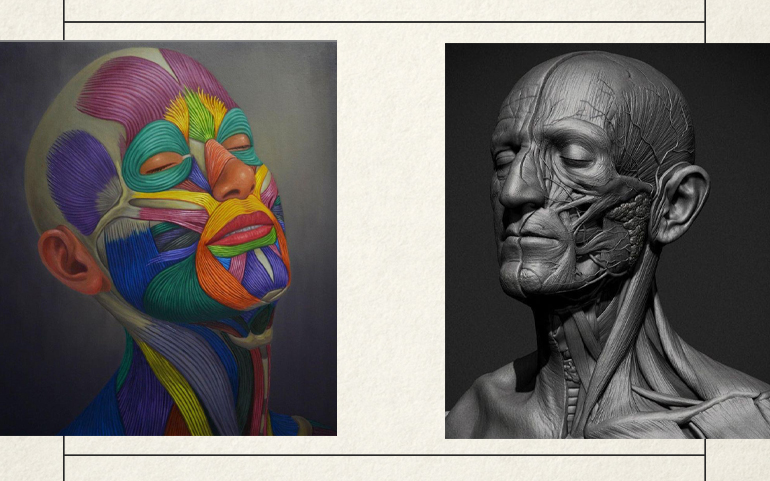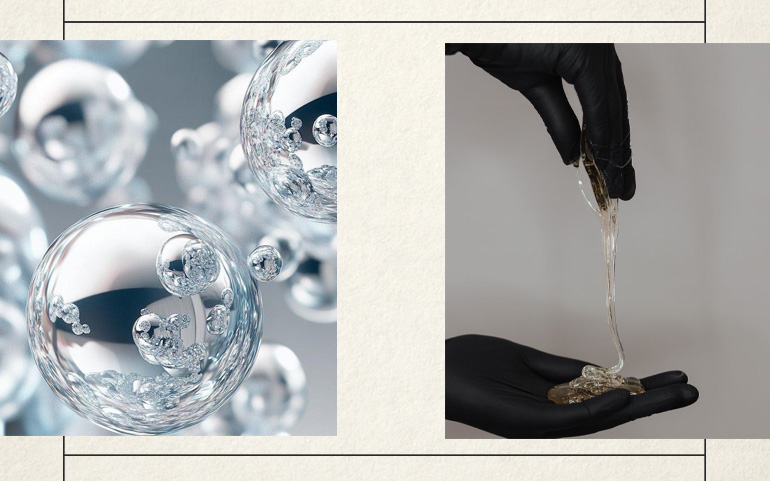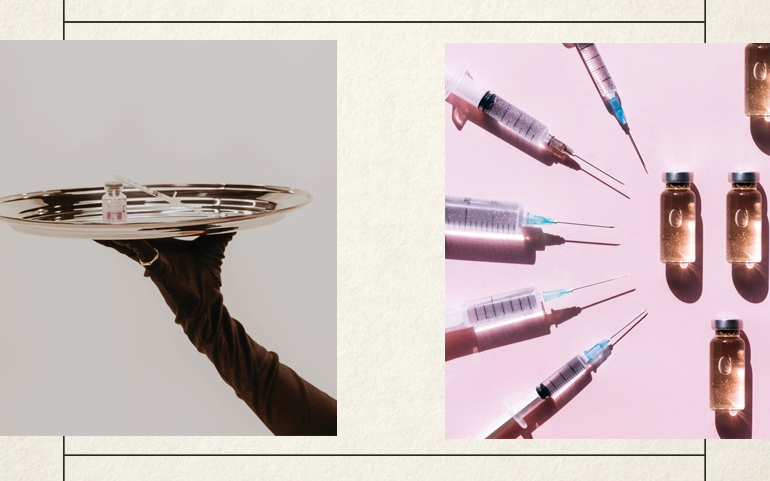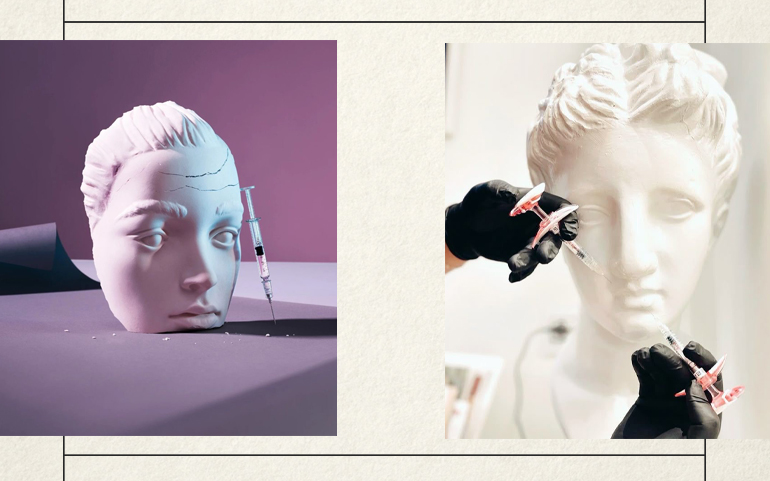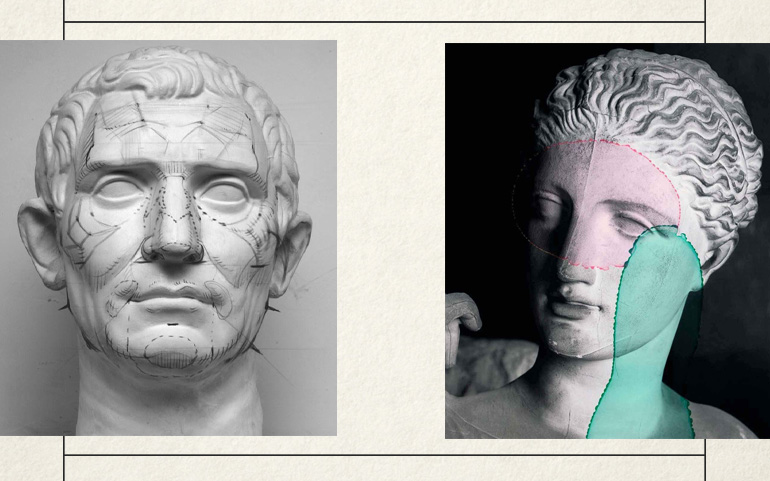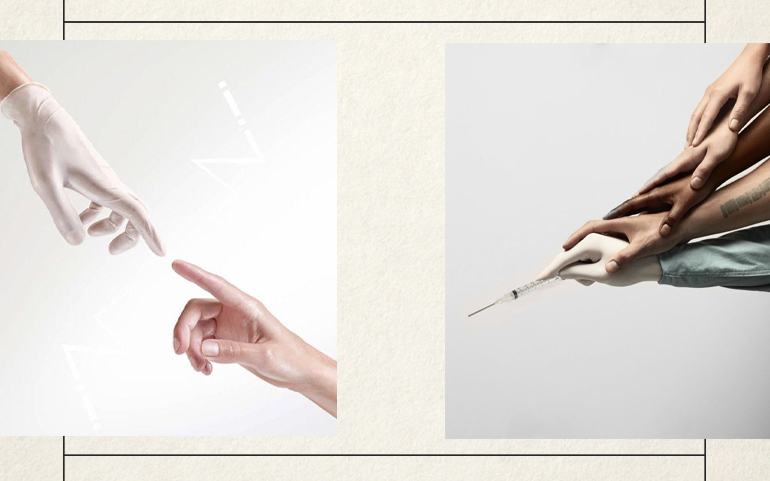AESTHETIC TOPOGRAPHIC ANATOMY TRAINING
The anatomy training aims to provide expertise in injection anatomy required for aesthetic filler applications, which is crucial for achieving safe and successful results.
Read MoreRHEOLOGY TRAINING
In aesthetic dermatology, rheology is used to understand the physical properties of dermal fillers, such as their flow, viscosity, and gel consistency. The rheological properties of a filler are crucial factors that determine its ease of application, tissue integration, and longevity.
Read MoreINSTRUMENT SELECTION TRAINING
The use of either a cannula or a needle in filler applications significantly impacts the safety, comfort, and aesthetic results of the procedure. The selection of the instrument should be based on the treatment area, the type of filler used, and the patient's anatomical structure.
Read MoreAPPLICATION TECHNIQUES TRAINING
Mastering proper techniques in aesthetic dermatology procedures is crucial for achieving safe, effective, and natural results. Incorrect application techniques can compromise patient safety and lead to undesirable aesthetic outcomes.
Read MoreAESTHETIC CONSULTATION TRAINING
The consultation process is a critical step in medical aesthetic applications to enhance patient satisfaction and ensure safe and successful results.
Read MoreHANDS-ON ULTRASOUND (USG) TRAINING
The use of ultrasonography (USG) in aesthetic training is a valuable tool for enhancing safety, treatment success, and complication management awareness.
Read MoreHANDS-ON FILLER INJECTION TRAINING
Hands-on training is one of the most effective ways to translate theoretical knowledge into practice in aesthetic medicine. It enables practitioners to develop injection techniques and procedures through direct application.
Read More
